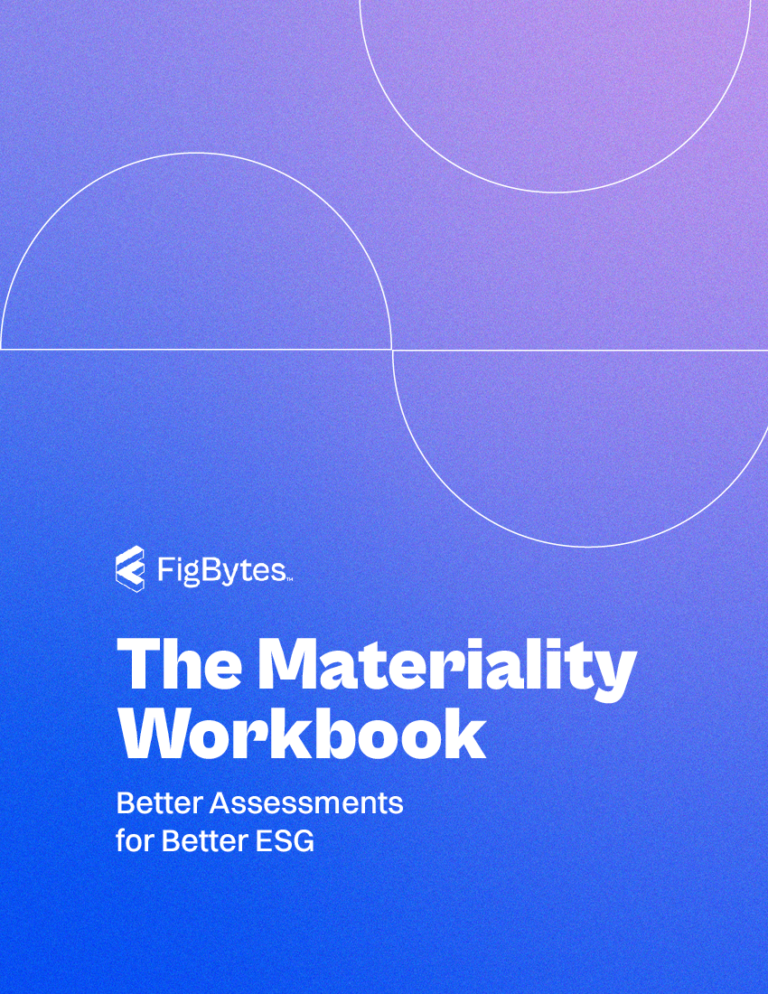Better Materiality Assessments for Better ESG
Better Materiality Assessments for Better ESG
Workbook

Striving to identify and prioritize the issues that matter?
To make informed decisions when dealing with ESG and sustainability planning, it’s important for organizations to be able to determine which items are considered material or most impactful to their business and stakeholders. That’s where a materiality assessment comes in.
A materiality assessment helps organizations identify and prioritize the issues that matter. The six steps to conducting a materiality assessment include:
- Identify your stakeholders
- Create a stakeholder engagement methodology
- Identify your material topics
- Prepare and launch a survey to stakeholders
- Collect survey data and begin analysis
- Continue the conversation with stakeholders
In this workbook, we walk you through exercises for each step of the process to help you prepare for your organization’s own materiality assessment.
